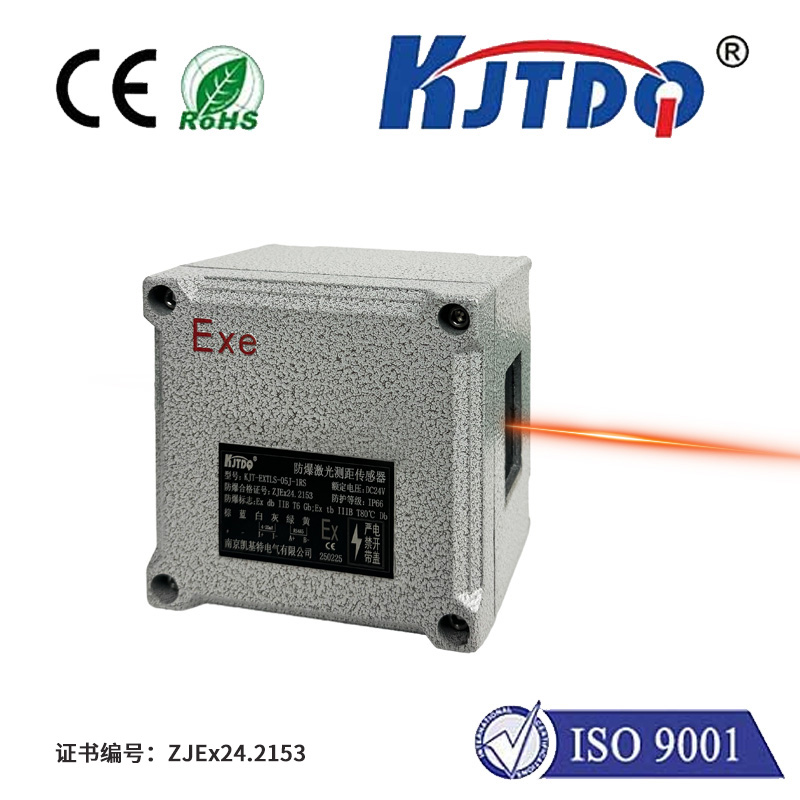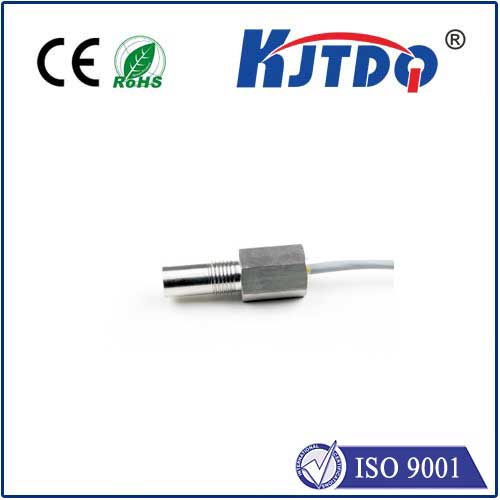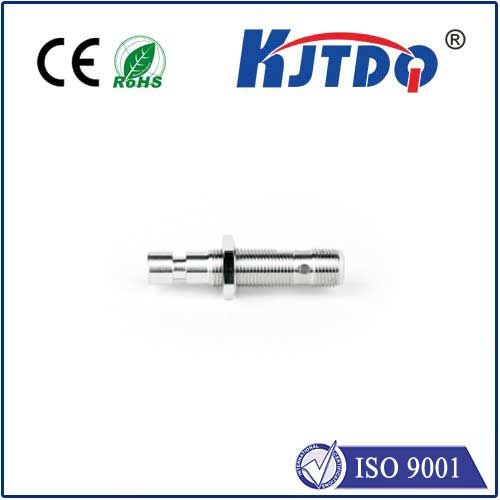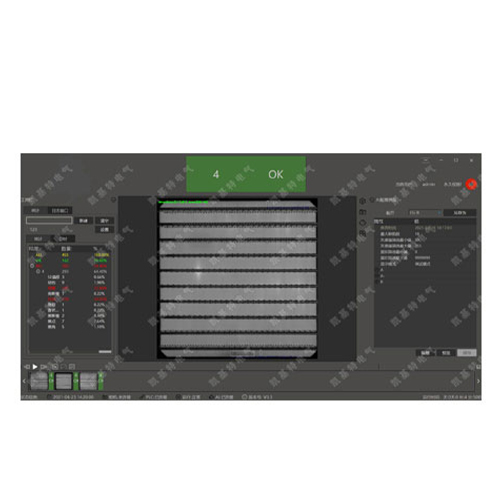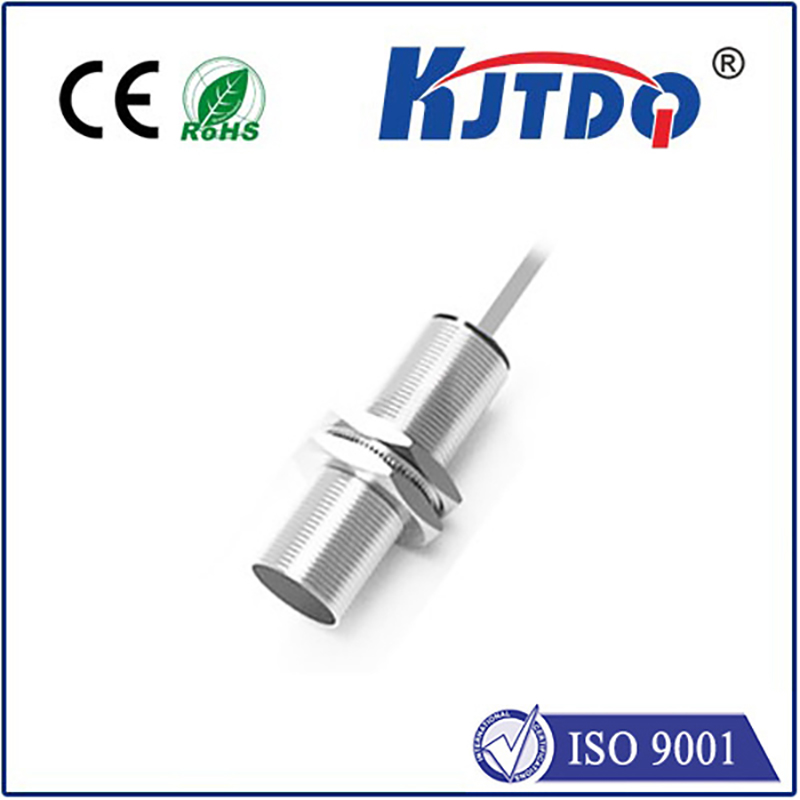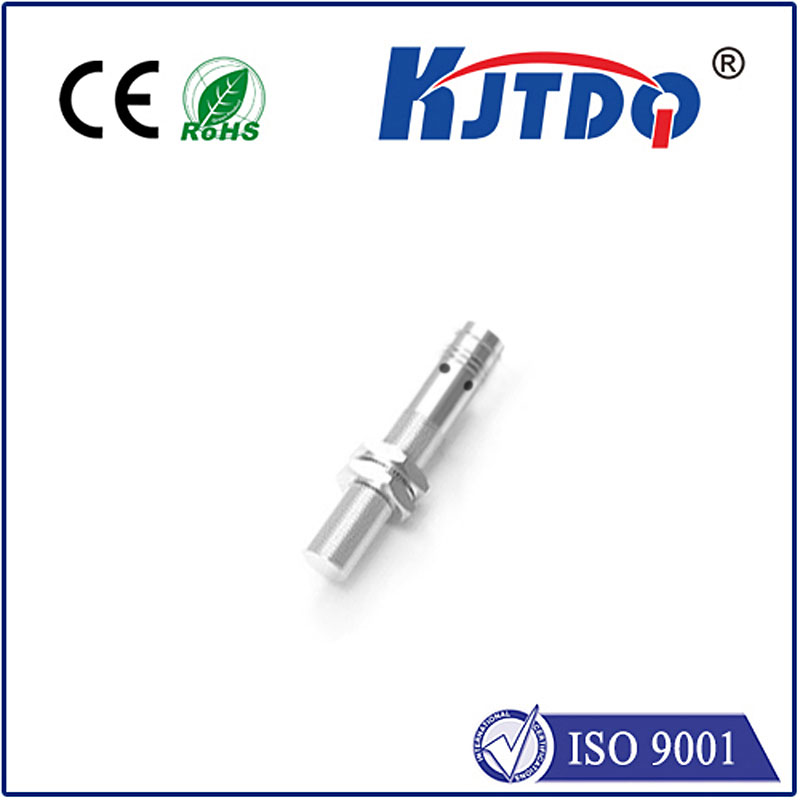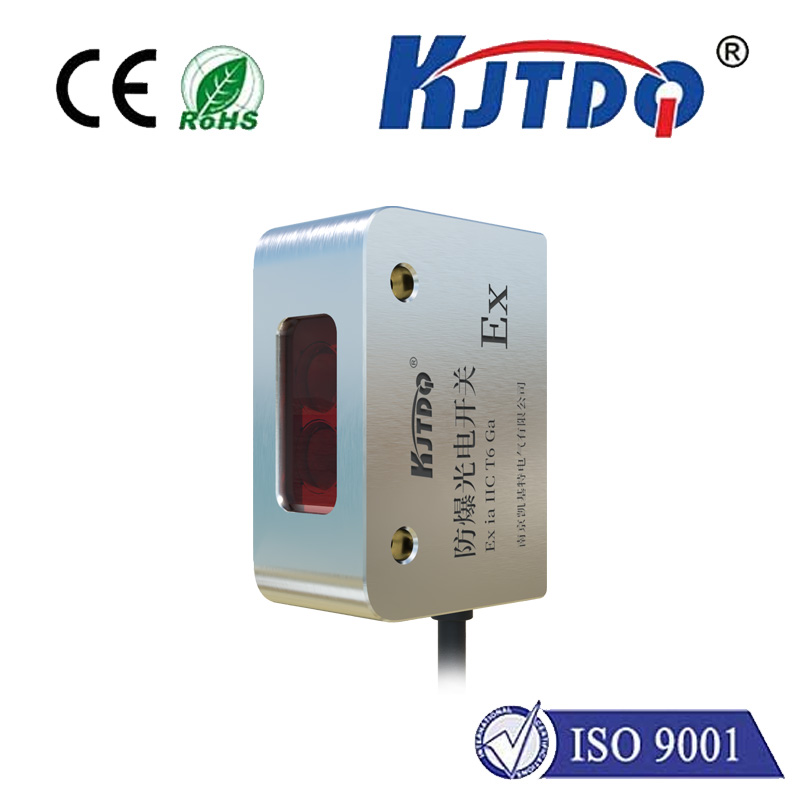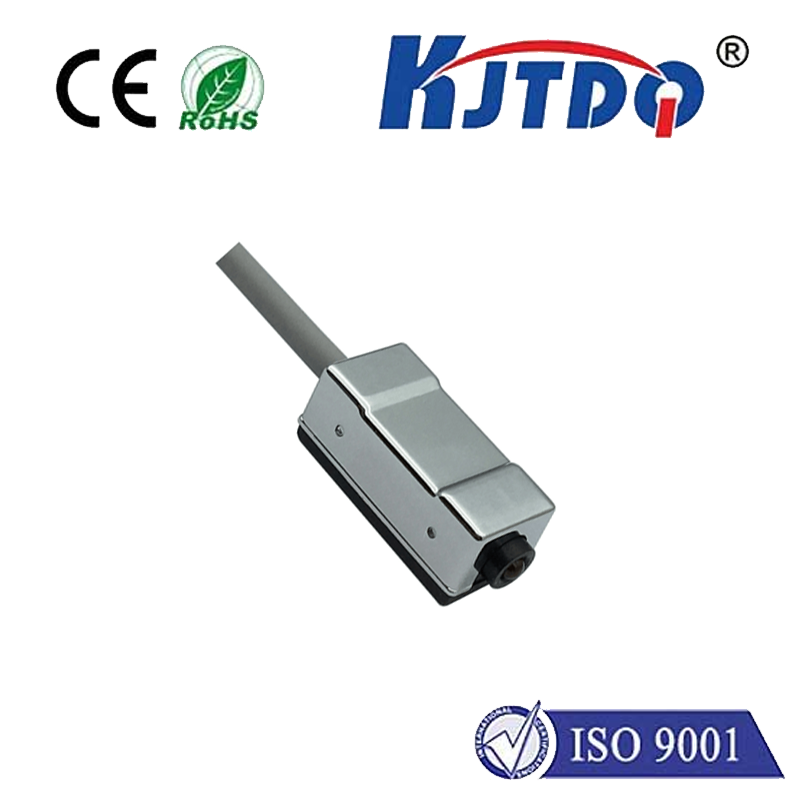Ever paused before an automatic sliding door, wondering how it knew you were there? Or marveled at how your smartphone screen dims when held to your ear? The silent orchestrator behind these commonplace marvels and countless industrial processes is often a proximity contact sensor. This fundamental technology provides vital, non-contact detection capabilities, making our world safer, smarter, and more efficient.
Unveiling the Core Principle: Sensing Without Touch
At its heart, a proximity contact sensor is an electronic device designed to detect the presence or absence of an object within a specific range without requiring any physical contact. This non-contact detection is its defining characteristic, achieved through various physical principles depending on the sensor type. Unlike mechanical limit switches that must be physically pressed or triggered, proximity sensors perform their task silently and effortlessly, using electromagnetic fields, capacitance changes, or light beams. This inherent separation between the sensor and the target object translates to significant advantages, including reduced wear and tear, faster response times, and enhanced reliability in harsh or dirty environments where physical contact could be problematic or cause damage.
The Technology Behind the Detection: Key Types Explained
Proximity sensors come in several flavors, each suited to specific applications and target materials:

Inductive Proximity Sensors: These are the workhorses of metal detection. They generate an oscillating electromagnetic field around their active face. When a metallic object enters this field, it induces eddy currents within the metal, causing a measurable change in the sensor’s oscillation amplitude or frequency. This change triggers the sensor’s output. Inductive sensors are rugged, reliable, cost-effective, and widely used in industrial automation for detecting metal parts on production lines, controlling machinery position, and monitoring conveyor systems. Their typical sensing range varies but generally falls within a few millimeters to several centimeters. Crucially, they primarily detect ferrous metals like steel and iron, though some specialized types (oscillator-damper) can detect non-ferrous metals too, often with shorter ranges.
Capacitive Proximity Sensors: These versatile sensors detect objects based on changes in capacitance. They generate an electrostatic field. When any object (metal, plastic, wood, liquid, powder) with a dielectric constant different from air enters this field, it alters the capacitance between the sensor’s electrode and ground. Capacitive sensors excel at detecting materials that inductive sensors ignore, making them ideal for applications like detecting filled/empty levels of liquids or granular materials in tanks, identifying non-metallic objects on conveyors (like plastic bottles or cardboard boxes), and even sensing the presence of a person. Their sensitivity is often adjustable, allowing them to ignore certain materials (like a container wall) while detecting the target substance within.
Optical Proximity Sensors (Photoelectric Sensors): While technically a subset of proximity sensors, they warrant mention due to their prominence. They utilize a light beam (visible, infrared, or laser) emitted by a transmitter. Detection occurs when the beam is either interrupted by an object (retro-reflective, through-beam modes) or reflected back by the object (diffuse reflective mode). Optical sensors offer longer sensing ranges (up to meters) compared to inductive/capacitive types and can detect objects regardless of material composition. Their key advantage lies in the flexibility of different operating modes suitable for various distances and object characteristics.
Magnetic Proximity Sensors: These detect the presence of a permanent magnet. They often use reed switches (hermetically sealed contacts that close in the presence of a magnetic field) or Hall-effect sensors (which generate a voltage proportional to magnetic field strength). They are frequently used for simple position detection, like knowing if a door is open or closed, or confirming that a cylinder has reached its end position.
Why Choose Non-Contact? The Compelling Advantages
The shift from mechanical contact-based switches to proximity contact sensors offers transformative benefits:
Ubiquitous Applications: Where Proximity Sensors Make a Difference
The applications for proximity contact sensors are truly vast, spanning nearly every industry:
Selecting the Right Sensor for the Job
Choosing the most effective proximity contact sensor involves careful consideration:
